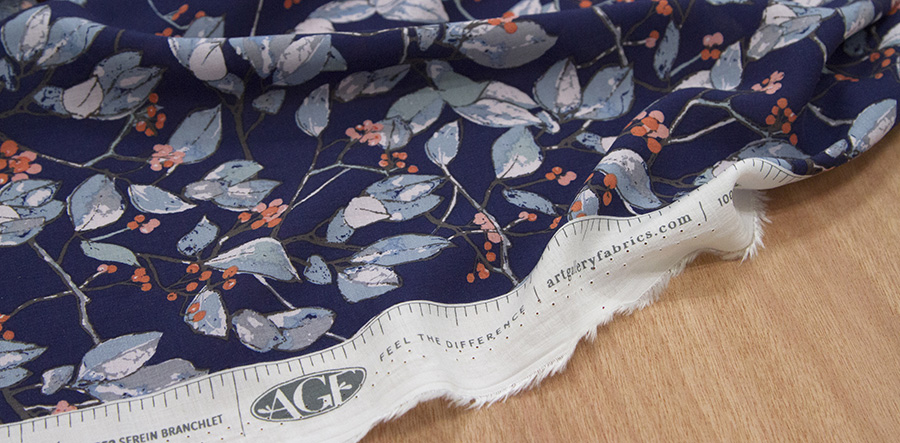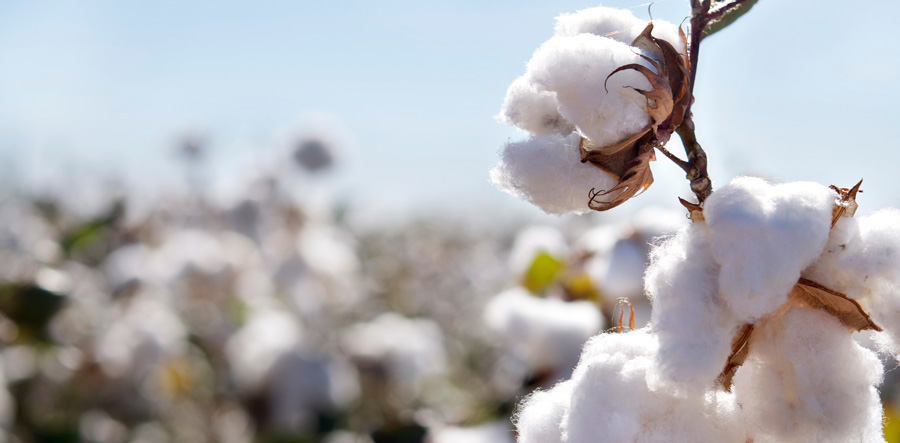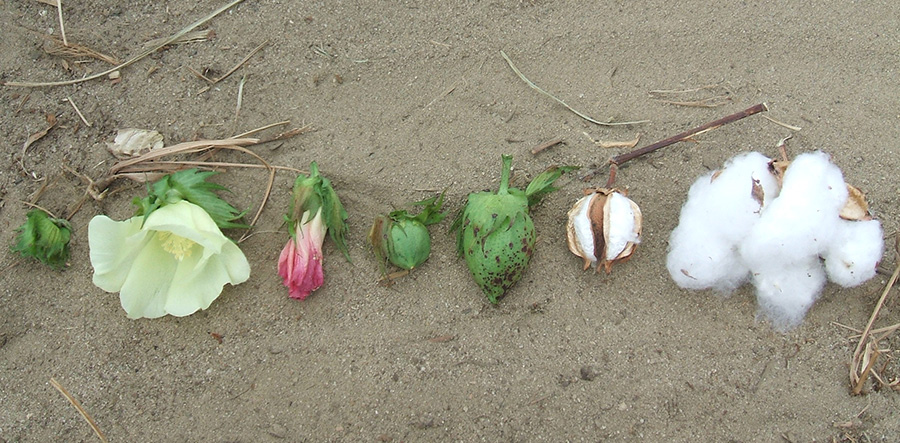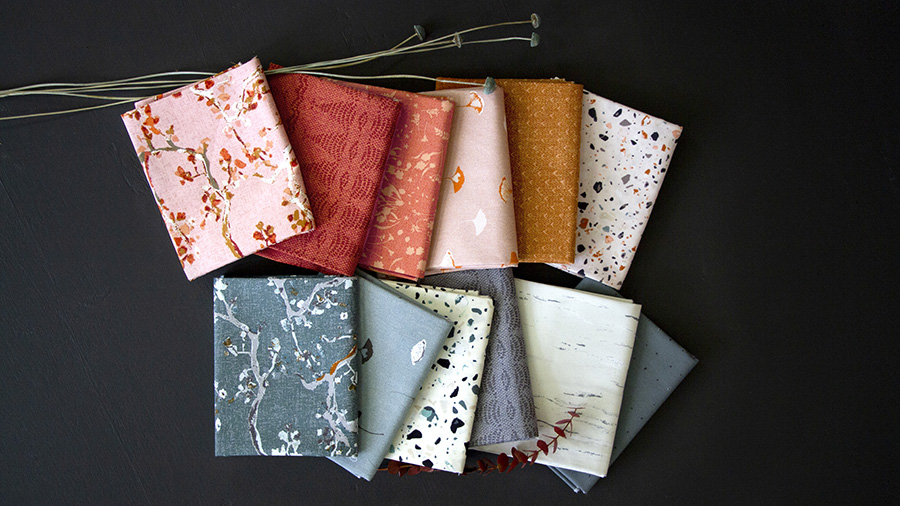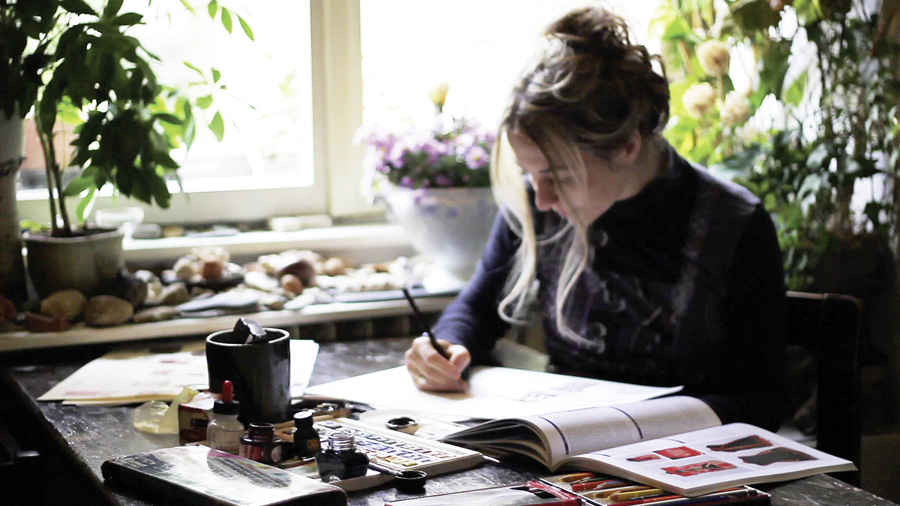For us, patchwork fabrics are the most important material for our creative work. Anyone who has been infected by the patchwork virus is usually infected for the rest of their lives – the indulgence in shapes and colours, the creative design and the manual work that leads to a beautiful quilt is too beautiful. Fabric samples in many beautiful designs and colors and a seemingly endless number of patchwork blocks and sewing techniques open up 1001 possibilities. Do you feel the same? If you haven’t quite finished a project yet, your head is already rumbling and we mentally get into the next creative process.
Good to know! Data and facts about patchwork fabrics
- Patchwork fabrics are (with a few exceptions) made of 100% cotton
- Patchwork fabrics are made from particularly fine, long-staple cotton fibers
- Patchwork fabrics are woven in a plain weave
- Patchwork fabrics are woven very tightly so that they do not fray during processing. The density is achieved through a particularly high proportion of warp and weft threads.
- Depending on the manufacturer, patchwork fabrics are 42 – 44 inches/107 – 110 cm wide (exception: special backing fabrics that are 108 inches/274 cm wide)
- Patchwork fabrics are offered by the meter and precuts (pre-cut fabric packages in different designs). Here you can find my contribution to the topic Precuts
- Patchwork fabrics are designed as fabric collections. Patterns and colors harmonize with each other thematically and in terms of colour. The big manufacturers work with well-known textile designers who design the fabrics
- Patchwork fabrics are dyed or printed with high quality in order to achieve color fastness with particularly bright colors that hardly ever bleed later
- Patchwork fabrics are usually pre-washed during the manufacturing process to prevent later shrinking/shrinking and to achieve better color absorption during the dyeing process
Worth knowing about cotton
Cotton is a natural fiber and has been cultivated for over 7000 years. Cotton plants only grow in the tropics and subtropics because they need at least 200 days of sunshine a year. However, only a few of the almost 50 types can be used in the textile industry.
The flower shown on the right photo really amazed me, because until now I only knew the “white cotton”. You can see here very well that the cotton plant belongs to the mallow family.
Harvesting and preparation of cotton
This video shows very clearly which processes cotton has to go through before it can even be processed into yard goods:
Design and printing of patchwork fabrics
Robert Kaufman Fabrics, one of the world’s largest manufacturers of patchwork fabrics, shows in this video how collections are designed and cotton is printed to achieve a high standard:
Benefits of Cotton
Cotton fibers are quite long compared to other fibers, the length of fibers is called staple. The longer and more regular a fiber is, the easier it is to spin. This enables the production of even, smooth and fine fabrics by the meter – perfect for patchwork! Cotton has the following main advantages:
- Absorbent : Cotton can absorb up to 65% of its own weight in water
- Lightweight : Due to its long staple nature, cotton fibers can be woven into delicate fabrics in relation to their own weight
- Resistant : Cotton has a high so-called wet strength and is therefore even more resistant when wet than when dry
- Renewable raw material : global cotton production is rightly criticized due to poor working conditions and high use of groundwater, but as a renewable and natural raw material, cotton can be recycled much better than e.g. B. Polyamide, a petroleum-based synthetic fiber
- Easy Care : Cotton can be waxed very often and relatively hot without losing its shape and structure
- Moisture and temperature regulating : even with a water absorption of approx. 20% of its own weight, cotton still feels dry
- hardly any electrostatic charge
Patchwork fabrics – so why cotton?
At this point I would like to relate the general advantages of cotton mentioned above directly to patchwork fabrics:
- the extremely high absorbency has a direct effect on the dyeing process and enables dyeing using the reactive method , in which the dye is optimally combined with the fiber via a chemical reaction. The stable binding of the dye to the fabric fiber allows excess dye to be removed during the manufacturing process without further permanent bleeding. thanks to dr Brigitte Muntermann, who made this process understandable to me as a chemist and patchwork fanatic 😉
- Patchwork fabrics should be relatively light and fine, so that our patchwork work does not become heavyweights later on – the long fibers of cotton enable us to produce exactly the fabrics that we need
- There are many hours of creative work in quilts, which is why the fabrics should bleed and shrink as little as possible, and cotton ensures a long service life, even over several generations and decades, thanks to its relatively insensitive structure
Well-known manufacturers of patchwork fabrics
Manufacturers around the world have specialized in the production of patchwork fabrics and have helped to raise the most beautiful hobby in the world to a high level. Patchwork fabrics are ennobled through the design of fabric collections, because this design process is preceded by months of artistic and creative debate. The different fabric patterns of a collection always harmonize with each other, but also emphasize each other. You can only design an entire collection if you have a high level of understanding of the different color contrasts! In addition to the work process and the patchwork pattern, patchwork fabrics play a large part in the design of quilts – reason enough to only use high-quality material.
As the owner of Laridae Quiltingshop, I prefer to choose fabrics from manufacturers who mainly produce patchwork fabrics, because then I just have the good feeling that I am offering you fabrics that are perfect for us. We currently stock Anthology, Art Gallery Fabrics, Chlothworks, Free Spirit, Makower, Moda, Riley Blake, Robert Kaufman and Wilmington Prints.
